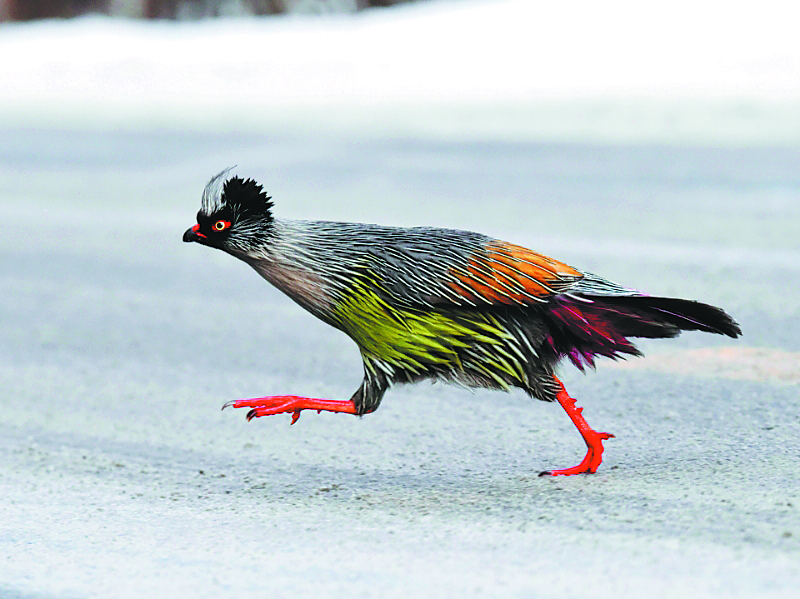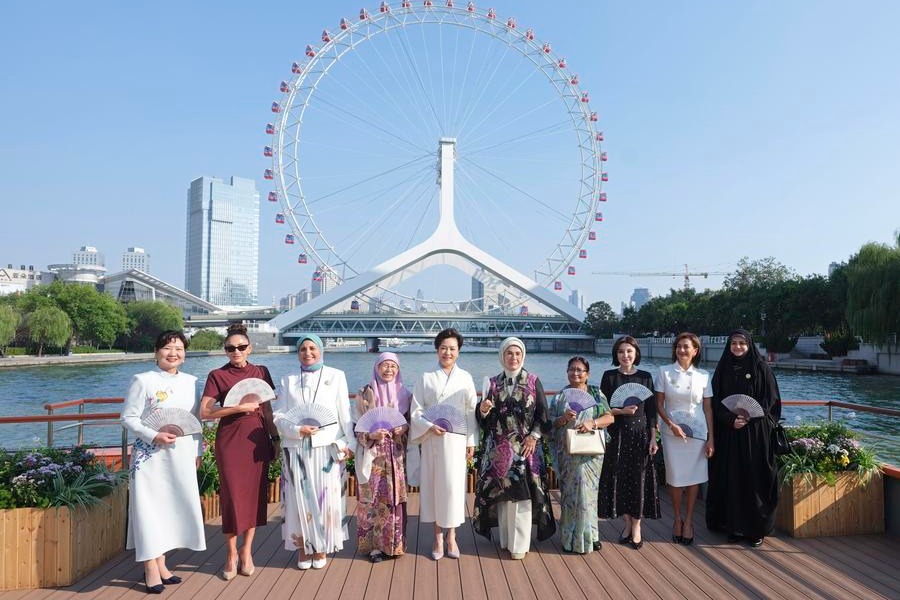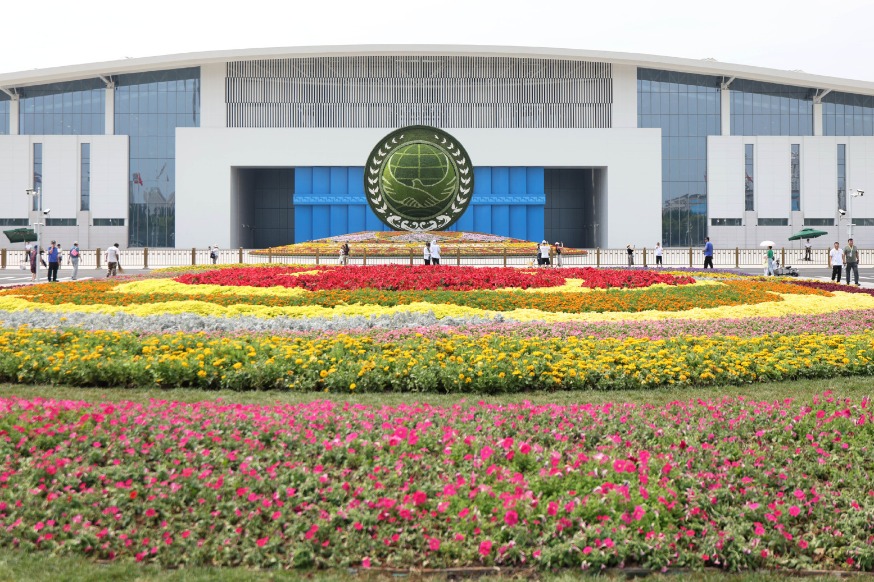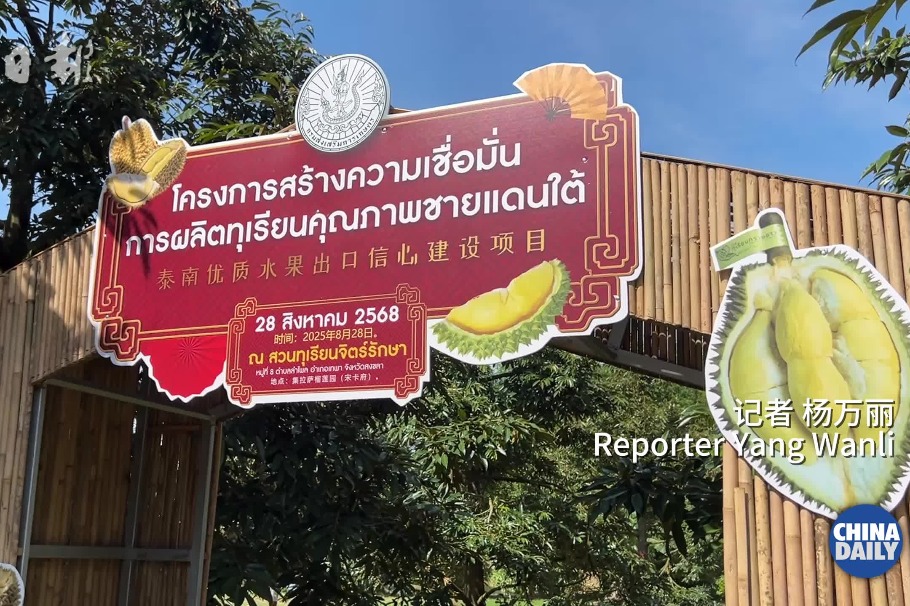Animals get a second chance at life
Rescue center fosters injured creatures before releasing them


In the beginning, Ma would question the meaning of wildlife rescue. He believed that rescuing one or two individuals had a limited impact on overall wild populations.
However, his perspective changed as he engaged in hands-on rescue work. "Every rescue, no matter the species, helps us gain experience. And it's that experience that prepares us to better save rare and endangered animals in the future."
And by reintroducing rehabilitated animals into their natural habitats, it will help restore vulnerable wild populations, he said.
"Especially for rare and endangered species, if we successfully release even one individual into the wild, that one animal can become a breeding source, a potential parent that would produce offspring," he added.
More importantly, Ma believes rescue work is the most vivid form of conservation education. The station opens to visitors on Mondays, Wednesdays and Fridays, allowing people to closely observe these animals and learn their stories.
"Photos and videos leave vague impressions. But when people see an injured animal up close, their empathy will enhance their awareness of wildlife conservation," Ma explained.
"I've heard kids tell their parents, 'Wild animals live a hard life.' That might just be the beginning of protection," Ma said.
























